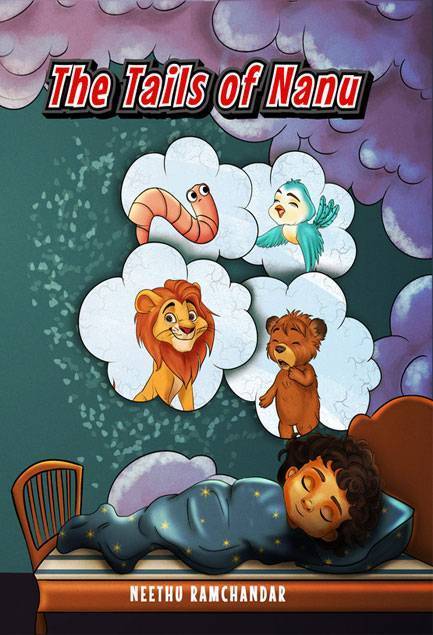Stories have continuously shaped the way children see the world. Through characters, journeys, and tests, kids learn courage, kindness, and inquisitiveness. Reading stretches their vision and imagination, allowing them to envision a better future. Among the resources of literature, classic adventure books for kids hold a singular place. These timeless works transport young booklovers into worlds of wonder. They help children shape resilience by fueling their thoughts.
The excitement of following a character across mountains, rivers, or fairy-tale lands makes a bond between the child and the story. As kids turn the pages, they step into lands where courageousness wins and friendship flourishes. Such stories also let them comprehend emotions, selections, and consequences in a harmless space. Unlike fleeting tendencies, these stories continue fresh across generations. Parents frequently share similar books they once loved, making a beautiful circle of storytelling.
Whether it is a daring mission, a magical land, or an examination of bond, escapade stories build a bottomless love for reading. These stories help shape standards and reinforce family connections. A bedtime story shared between parent and child develops a memory valued for life. For kids, adventure is not just entertaining; it is a director that nurtures imagination, teaches education, and proposes hope. That is why these books last to hold their attraction. They stand as friends of childhood, determining curious and vicarious hearts after every turn of the page.
The Magic of Best Indian Story Books
The best Indian storybooks bring the attractiveness of ethos, tradition, and standards into young hearts. They celebrate the richness of folklore while keeping stories relevant for children today. Indian tales often feature brave protagonists, ingenious animals, and ethical lessons. These stories attach young readers to their roots, though, by making learning pleasant.
One of the oldest examples is the Panchatantra. These antique fables use animals to impart wisdom in humble ways. A jackal, a lion, or an ingenious crow often discloses truths about human behavior. Such stories remain general because children find happiness in the characters, while parents raise the lessons.
Another gem is the Amar Chitra Katha sequence. It brings Indian folklore and history to life with colorful illustrations and attractive narratives. Children not only like thrilling escapades but also learn about gods, beasts, and folklore. This mixture of knowledge and entertainment makes it a main attraction in Indian homes.
Why Indian Bedtime Stories Remain Special
Indian bedtime stories have a timeless attraction for families. Bedtime converts a mild pause into a full day, where fancy takes flight. These stories make bonds between parents and children, contributing warmth and ease before sleep.
Many bedtime stories in India comprise tales of kings, queens, wise priests, and magical existences. The stories of Tenali Raman and Birbal are faultless instances. Both are recognized for wit, humor, and ingenious problem-solving. Children love their humorous twists, while parents raise the hidden education.
Animal tales are my favorite. Stories about elephants, monkeys, and parrots imprison children’s dreams easily. These beings are often depicted as clever or faithful, making them ideal for kids to esteem. The lessons of uprightness, patience, or compassion flow obviously from the plot.
Adventure Stories That Spark Imagination
Adventure creates inquisitiveness, and inquisitiveness leads to learning. When children read stories of courageous explorers or enchanted quests, their imagination is stronger. Characters who overcome obstacles impart to kids pliability. These journeys help children understand that tests are part of life.
Adventure stories also transport enthusiasm to reading, turning books into exciting friends. Each page leads to detection, and each test builds courage. They also inspire children to dream better. Even humble adventures like discovering hidden resources or serving friends provide valued lessons.
Examples of global masterpieces comprise Treasure Island by Robert Louis Stevenson and The Jungle Book by Rudyard Kipling. Both are full of bravery, danger, and education about faith and friendship. Kipling’s Indian jungle location makes The Jungle Book particularly dear to Indian readers.
Passing Stories Through Generations
Stories are not only for entertaining; they are bequests. Parents who part ways with their children also pass down love, reminiscence, and custom. Classic tales last to connect families across time.
Grandparents often share stories from classics like the Ramayana and the Mahabharata. These epic escapades blend history, ethics, and drama. Children may not grip every detail, but they enjoy the escapade while absorbing standards of loyalty, uprightness, and faith.
Passing stories make bonds that screens cannot substitute. A single book recited over time becomes part of domestic heritage. It repeats children’s standards that last smoothly as life changes. Reading together reinforces emotional ties and proposals of comfort in tough times. Families who share stories also stimulate children to keep the ritual alive.
Conclusion:
Stories hold control to inspire and change young lives. They impart children’s standards, reinforce imagination, and shape resilience. Among them, classic adventure books for kids stand as timeless friends. Their magic is not only in entertaining but also in the lessons that form growing minds.
Adventure stories lead children mildly, showing them that bravery and kindness are continuous qualities. At the same time, the best Indian storybooks and Indian bedtime stories preserve cultural loveliness. They attach children to civilizations while flashing creativity. When families part ways, they also part with love, reminiscences, and wisdom.



